Patricia Reilly Giff was an American author and teacher born in Brooklyn, New York, United States. She was educated at Marymount Manhattan College, where she was awarded a B.A. degree, and St. John's University, where she earned an M.A. and Hofstra University, where she was awarded a Professional Diploma in Reading and a Doctorate of Humane Letters. After spending some twenty years as a full-time teacher, she began writing, specializing in children's literature. Giff resided in Trumbull, Connecticut, along with her husband Jim and their three children. Giff's writing workshops have influenced other children's authors such as Tony Abbott and Elise Broach. She was a Newbery Honor, ALA Best Book For Young Adults, and Christopher Award laureate.
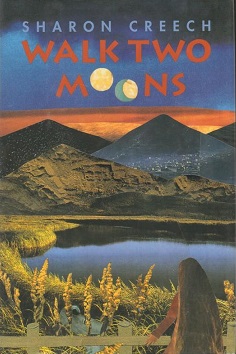
Walk Two Moons is a novel written by Sharon Creech, published by HarperCollins in 1994 and winner of the 1995 Newbery Medal. The novel was originally intended as a follow-up to Creech's previous novel Absolutely Normal Chaos; but, the idea was changed after she began writing it.

Roll of Thunder, Hear My Cry is a 1977 Newbery Medal awarded novel by Mildred D. Taylor. It is a part of her Logan family series, a sequel to her 1975 novella Song of the Trees.

Flowers in the Attic is a 1979 Gothic novel by V. C. Andrews. It is the first book in the Dollanganger series, and was followed by Petals on the Wind, If There Be Thorns, Seeds of Yesterday, Garden of Shadows, Christopher's Diary: Secrets of Foxworth, Christopher's Diary: Echoes of Dollanganger, and Christopher's Diary: Secret Brother. The novel is written in the first person, from the point of view of Cathy Dollanganger. It was twice adapted into films in 1987 and 2014. The book was extremely popular, selling over 40 million copies world wide.
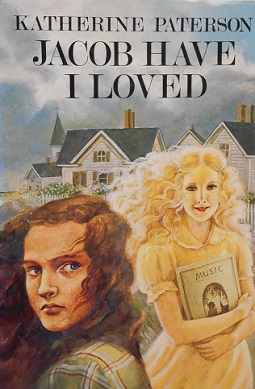
Jacob Have I Loved is a 1980 coming of age novel for teenagers and young adults by Katherine Paterson. It won the annual Newbery Medal in 1981. The title alludes to the sibling rivalry between Jacob and Esau in the Bible, and comes from Romans 9:13.

The View from Saturday is a children's novel by E. L. Konigsburg, published by Atheneum Books for Young Readers in 1996. It won the 1997 Newbery Medal for excellence in American children's literature, the author's second Medal.
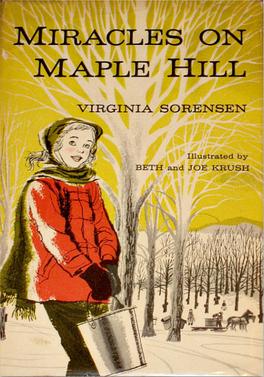
Miracles on Maple Hill is a 1956 novel by Virginia Sorensen that won the 1957 Newbery Medal for excellence in American children's literature. The book was illustrated by Beth and Joe Krush.

Dicey's Song is a novel by Cynthia Voigt. It won the Newbery Medal for excellence in American children's literature in 1983.

The Bronze Bow is a book by Elizabeth George Speare that won the Newbery Medal for excellence in American children's literature in 1962.

Scorpions, first published on June 20, 1988, by Harper & Row, is a young adult novel written by Walter Dean Myers. It was a Newbery Medal Honor Book in 1989.
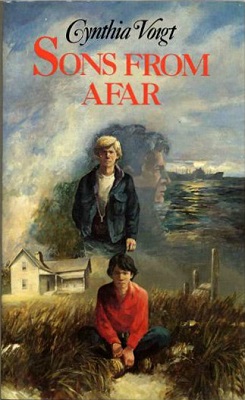
Sons From Afar (1987) is the sixth book in Cynthia Voigt's Tillerman Cycle, the series of novels dealing with Dicey Tillerman's family which also includes Homecoming, Dicey's Song, The Runner, A Solitary Blue, Come A Stranger, and Seventeen Against the Dealer.

Eggs is a young adult novel by Jerry Spinelli that was published in 2007. The story outlines a relationship that develops between two children that seemingly have little in common other than loneliness.
The Tillerman Cycle is a series of children's novels by the author Cynthia Voigt. Currently there are seven titles in the series.

Penny from Heaven (2006) is a children's novel that was named a Newbery Honor book in 2007. It was written by Jennifer L. Holm, the author of another Newbery Honor book, Our Only May Amelia. It was first published by Random House.
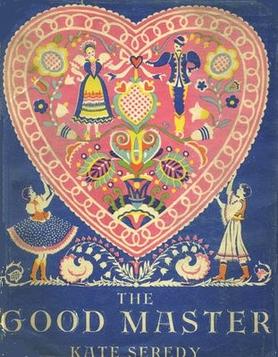
The Good Master (1935) is a children's novel written and illustrated by Kate Seredy. It was named a Newbery Honor book in 1936. The Good Master is set in the Hungarian countryside before World War I and tells the story of wild young Kate, who goes to live with her Uncle's family when her father can't control her and at the end she goes back to her father. At Uncle Marton's suggestion, Kate and her father move back to the country to live, to be near Marton and his wife and son. Like his brother Marton, Kate's father Sandor is a countryman and misses rural life. And he sees what a wonderful effect country life has had on Kate.

Dear Mr. Henshaw is a juvenile epistolary novel by Beverly Cleary and illustrator Paul O. Zelinsky that was awarded the Newbery Medal in 1984. Based on a 2007 online poll, the National Education Association listed the book as one of its "Teachers' Top 100 Books for Children".

The Singing Tree is a children's novel by Kate Seredy, the sequel to The Good Master. Also illustrated by Seredy, it was a Newbery Honor book in 1940. Set in rural Hungary four years after The Good Master, it continues the story of Kate and Jancsi, showing the effect of World War I on the people and land.

Moon Over Manifest is a 2010 children's novel written by American Clare Vanderpool. The book was awarded the 2011 Newbery Medal for excellence in children's literature, the Spur Award for best Western juvenile fiction, and was named a Kansas Notable Book. The story follows a young and adventurous girl named Abilene who is sent to Manifest, Kansas by her father in the summer of 1936. The author's note at the end of the book states the fictional town of Manifest, Kansas, is based on the real town of Frontenac, Kansas.

Pictures of Hollis Woods is a 2002 young adult novel by Patricia Reilly Giff. The novel received a Newbery Honor Award in 2003. It was adapted for television in 2007.
Kimberly Brubaker Bradley is an American children's and young adult book author. In 2016, her children's book The War That Saved My Life received the Newbery Honor Award and was named to the Bank Street Children's Book Committee's Best Books of the Year List with an "Outstanding Merit" distinction and won the Committee's Josette Frank Award for fiction.

















